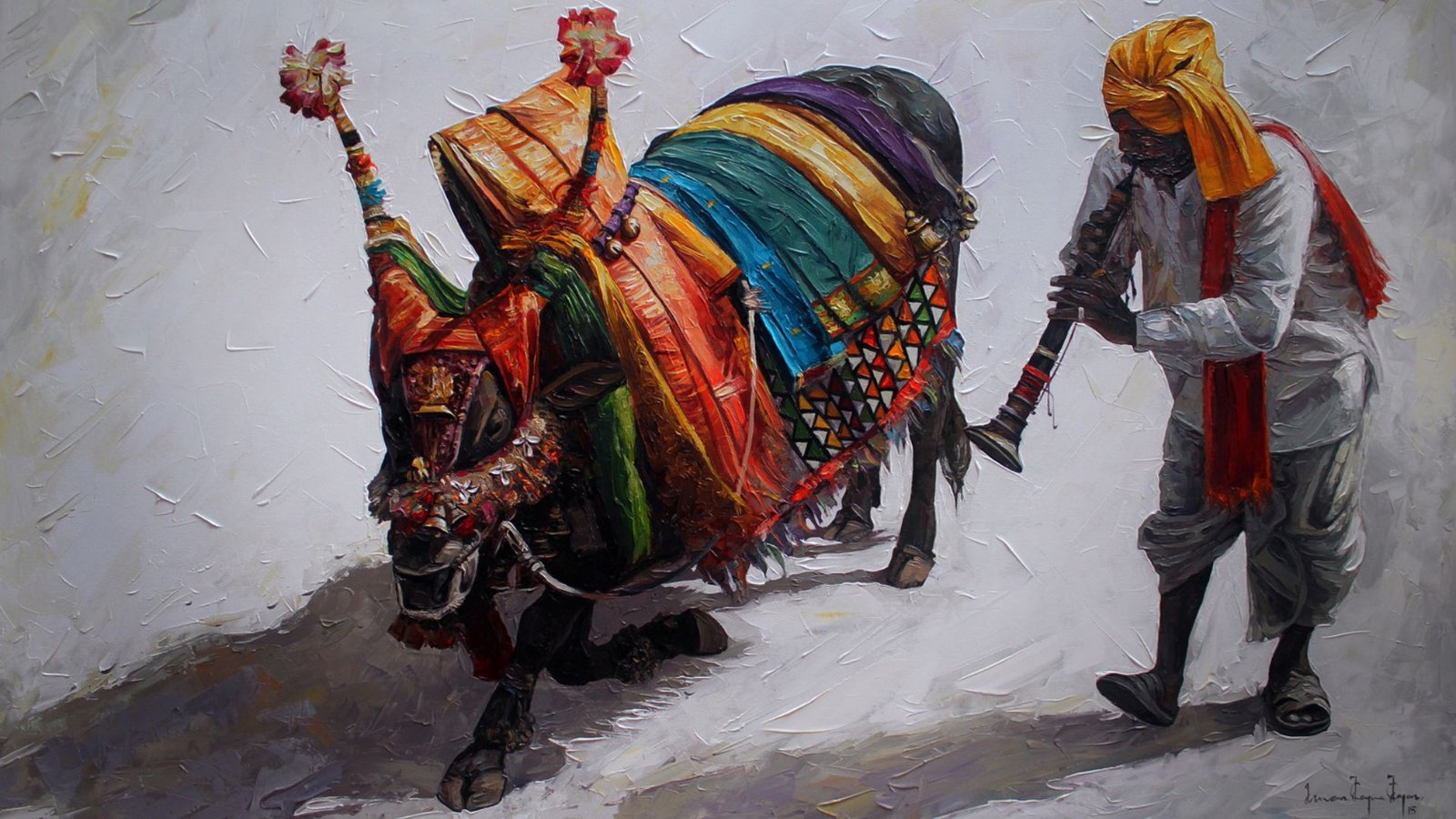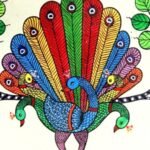The Fusion of Cultures: Indian Art Influences
Indian art is a vibrant tapestry woven from various cultural influences, reflecting a history of dynamic exchanges and interactions. From ancient trade routes to colonial encounters, Indian art has absorbed and integrated elements from diverse cultures. This fusion of influences has enriched Indian art, creating a unique and multifaceted artistic heritage.

Ancient Interactions
The earliest influences on Indian art can be traced to interactions with neighboring civilizations. The Indus Valley Civilization, with its advanced craftsmanship, laid the groundwork for future artistic developments. Trade routes connecting India with Mesopotamia and Egypt introduced new materials and techniques, contributing to the evolution of Indian art forms.
The Impact of Buddhism and Jainism
Buddhism and Jainism brought significant influences to Indian art, particularly in the depiction of religious themes. Buddhist art, with its focus on the life and teachings of the Buddha, introduced new iconographic elements such as the Bodhi tree and the stupa. Jain art, known for its intricate and precise detailing, emphasized themes of non-violence and spiritual purity, which were reflected in its sculptures and manuscripts.
The Mughal Influence
The Mughal Empire, with its rich cultural and artistic heritage, left a lasting impact on Indian art. Mughal art is characterized by its opulent miniatures, detailed calligraphy, and lush, naturalistic landscapes. This period saw the fusion of Persian and Indian styles, leading to a distinctive artistic expression that influenced various art forms, from painting to architecture.
Colonial and European Influences
The arrival of European colonial powers in India introduced new artistic techniques and styles. British colonial rule brought European realism, which influenced Indian artists in both traditional and modern contexts. The interaction between Indian and European art led to the development of new styles, such as the Bengal School of Art, which blended Western techniques with Indian themes.
Regional and Folk Art Fusion
Regional and folk art forms in India reflect a rich tapestry of local influences and traditions. The integration of regional styles with broader cultural influences has created diverse and vibrant art forms. For instance, the fusion of traditional Indian motifs with contemporary techniques can be seen in the work of artists who incorporate elements from various regional styles into their creations.
Contemporary Cross-Cultural Exchanges
In the contemporary era, Indian art continues to evolve through cross-cultural exchanges. Globalization has facilitated interactions between Indian artists and international art movements, leading to innovative and eclectic approaches. Indian artists now experiment with various media and techniques, often blending traditional Indian aesthetics with global trends to create unique and contemporary artworks.
Conclusion
The fusion of cultures has played a crucial role in shaping Indian art, creating a rich and diverse artistic heritage. From ancient interactions to contemporary cross-cultural exchanges, these influences have enriched Indian art, reflecting its dynamic and evolving nature. By exploring these cultural fusions, we gain a deeper appreciation for the complexity and beauty of Indian artistic traditions.



